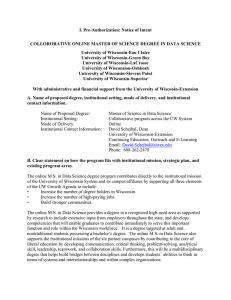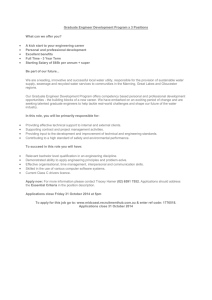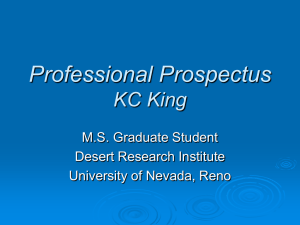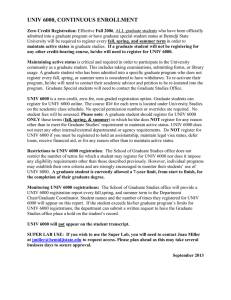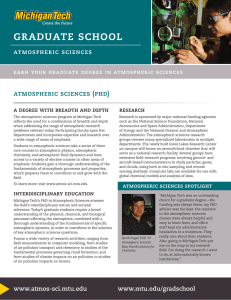career_fair_talk_441..
advertisement
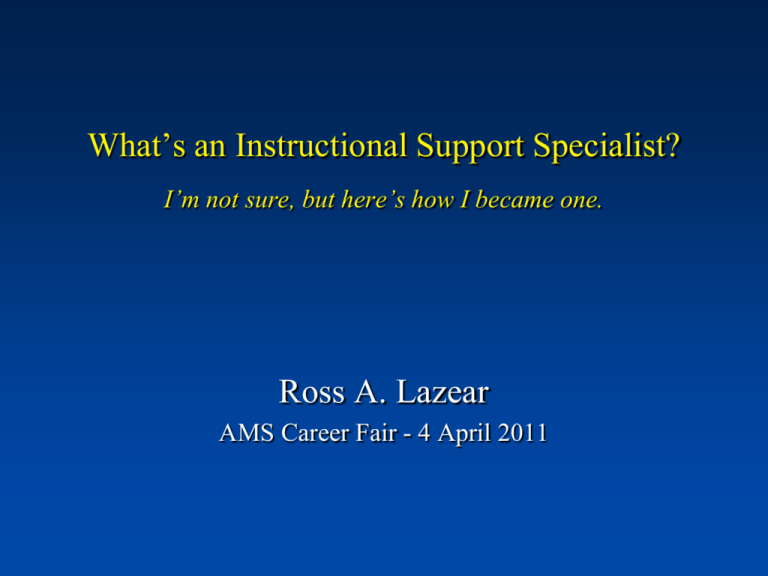
What’s an Instructional Support Specialist? I’m not sure, but here’s how I became one. Ross A. Lazear AMS Career Fair - 4 April 2011 It all started when… • Weather-obsessed kid growing up in Minnesota • Bachelor of Science in Atmospheric Science at the University of Wisconsin, in Madison, WI It all started when… • Summer before senior year: – Began research project with synoptic professor Michael Morgan My extremely messy research lab Graduate School • Master of Science degree at Wisconsin (RA) – Advisor: Michael C. Morgan – Continued research from undergrad, as well as additional projects, several conferences • Fourth semester (out of five): – TA’ed AOS 101: Weather and Climate – Fell in love with teaching! ….but chose to finish graduate studies with a M.S. (for the time being) – How can I teach without a Ph.D.? Applying for Jobs • Used many job sites: – – – – – Univ. Oklahoma, Penn. State job boards National Weather Association AMS USA Jobs Indeed.com • September 2007: Found Instructor position at Albany! • January 2008: Interviewed • March 2008: Offered • May 2008: Moved! How Did I Get the Job? • Teaching experience in graduate school • Research in a strong synoptic group • Forecasting experience and ability in the WxChallenge How Can You Teach in Atmospheric Science? • Jobs like mine are relatively rare… – Instructor positions at various Atmos. Sci. programs – Most college-level teaching and/or research jobs require a Ph.D. – I can thank Mike Landin for “creating” my position! • Becoming a professor requires: – Ph.D., and typically a 1-2 yr. Post-doc if research Univ. – Strong research (and publication) background
